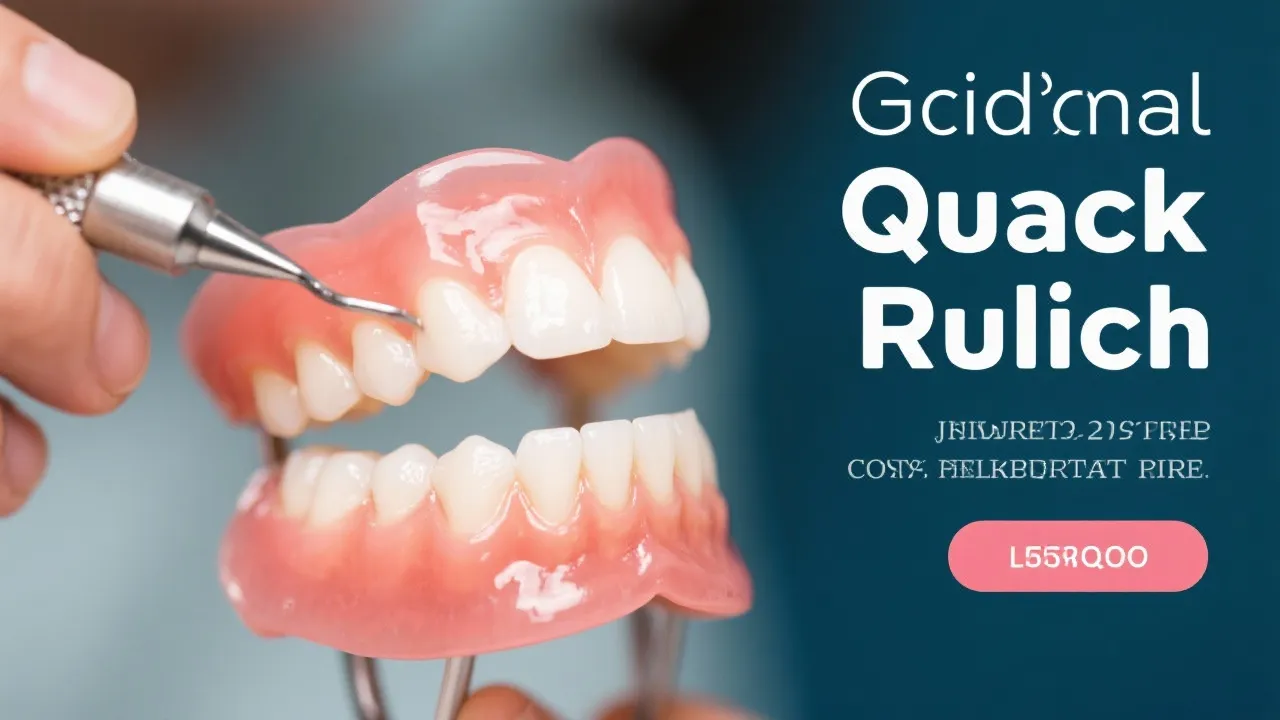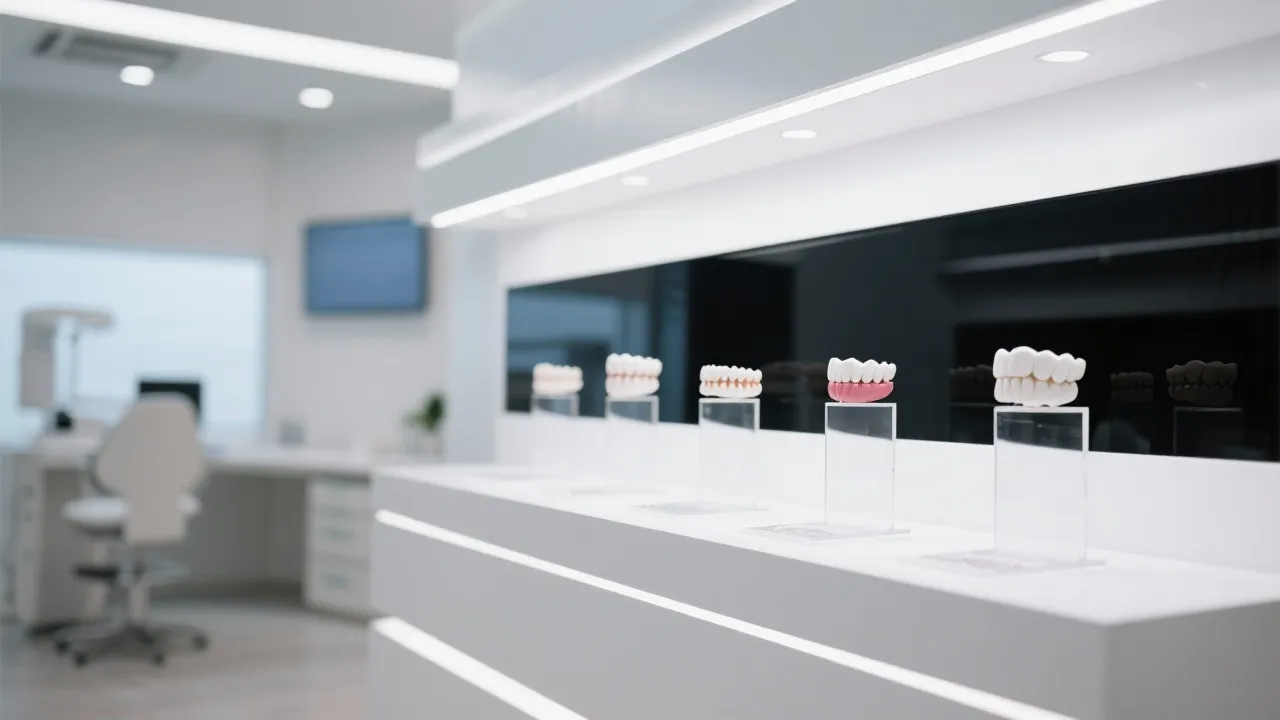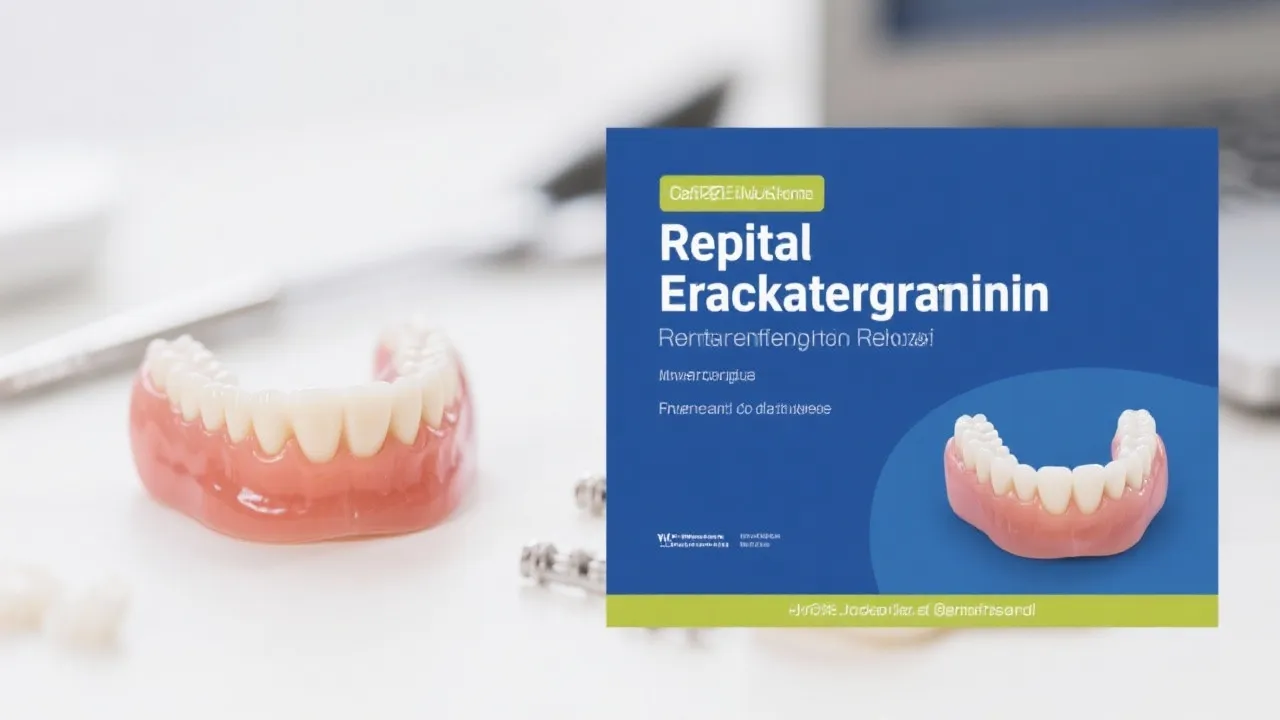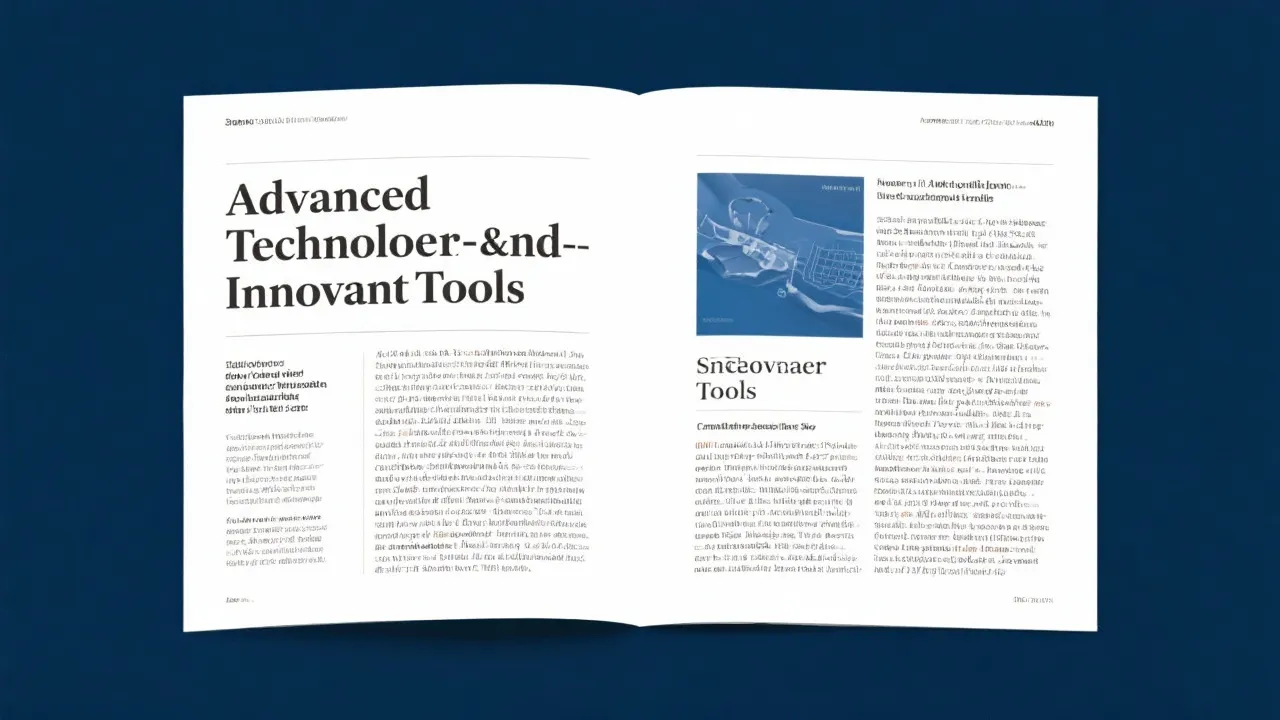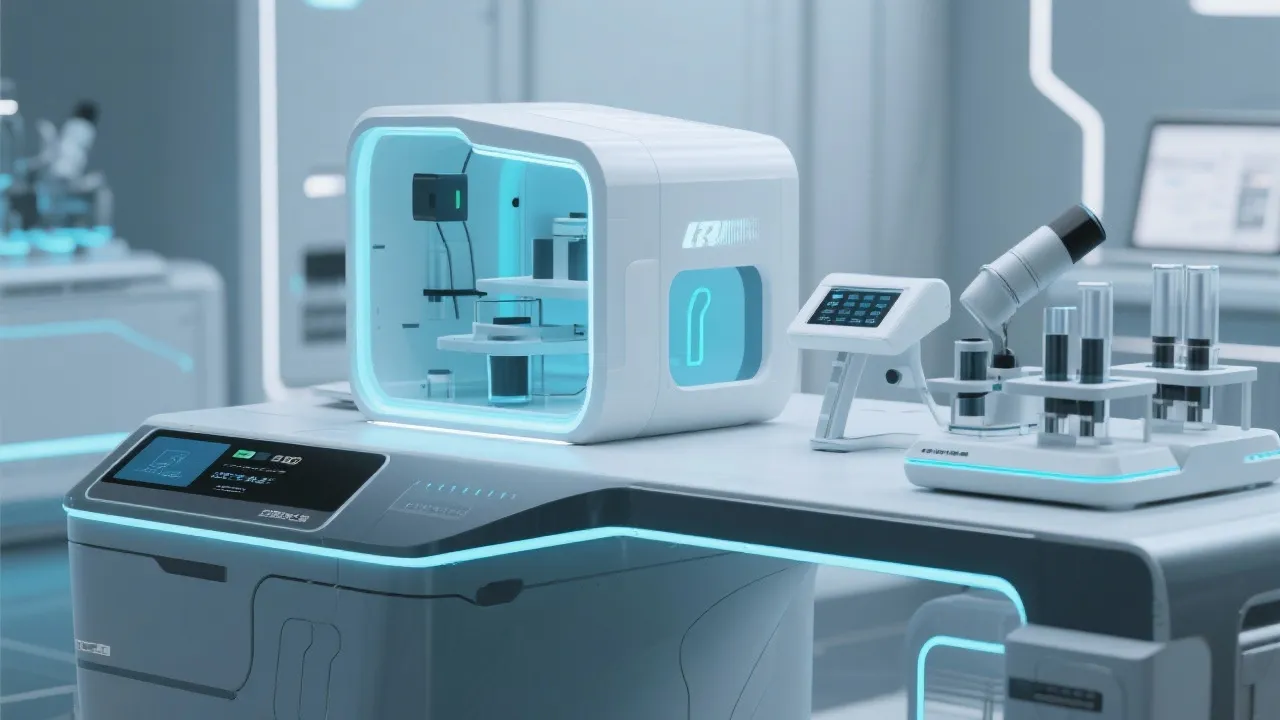The Revolutionary Evolution of Dental Implant Innovations: A Journey Through Smile Transformation
Implant dentistry has transformed how we address missing teeth, offering a long-lasting solution for patients. Traditional restorations rest atop gums, whereas implants anchor beneath, akin to real tooth roots, in both look and function.
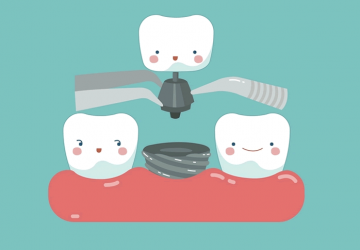
Within the realm of restorative dentistry, the integration of dental implant technology marks a significant milestone. For individuals experiencing the loss of teeth, it represents a solid, dependable base for prosthetics, in stark contrast to earlier methods that only offered surface-level solutions. Through a deep dive into the latest progressions, this dissertation sheds light on how the advancements in implant technology enhance oral healthcare quality.
Not only do dental implants resemble natural teeth structurally and aesthetically, but they are also designed to integrate with the jawbone seamlessly due to the biocompatible nature of titanium. Osseointegration, the process that lies at the heart of implant stability, allows the prosthetic to become a fixed element within the body's structure.
From inception to widespread clinical acceptance, dental implants have evolved significantly. This evolution encompasses substantial strides in the materials employed, insertion techniques, and patient experience. What was once a protracted and exclusive treatment is now more broadly available, thanks to research and technological innovation.
Keywords: evolution, osseointegration, biocompatible titanium, patient experience
The advent of 3D imaging and computer-aided planning marks a remarkable advance in the implantation process. Innovations like Cone Beam Computed Tomography (CBCT) facilitate meticulous planning by creating precise 3D models of a patient's jawbone, optimizing implant placement.
Keywords: 3D imaging, Cone Beam Computed Tomography (CBCT), meticulous planning
Materials for dental implants have also seen growth. Titanium remains preferred for its durability and compatibility with bodily tissues. Nonetheless, zirconia and other materials are being researched for their cosmetic appeal and suitability for certain allergic patients. Moreover, the surfaces of implants are being tailored to encourage better bone fusion and hasten recovery time.
Patients reap numerous advantages from dental implants, both aesthetically – with natural-like replacements that enhance confidence – and functionally, by restoring essential oral functions and maintaining facial structure. However, adequate jawbone is essential, occasionally necessitating grafting, and the upfront costs are typically higher than other tooth replacements. But when considering the good benefits of dental implants, such as maintaining jawbone integrity and not needing to alter adjacent teeth—a common requirement with bridges—these factors often become less of a deterrent.
Keywords: aesthetic benefits, functional restoration, jawbone integrity
Leading-edge research is exploring methods to diminish healing durations and accelerate osseointegration. Nanotechnology and bioactive substances may soon enhance integration, bringing anti-inflammatory and antibacterial qualities to implant surfaces.
Dental implantation's evolution underscores a transformative era for dental practice and patient well-being. This progress exemplifies medical advancements, showcasing the power of innovative science to bolster health outcomes. With ongoing research, dental implants are set to become even more refined, reinforcing their essential role in restorative dental care.


